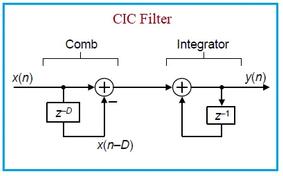Entropy: Basics and Markov Sources
Advertisement
This page describes the basics of entropy and presents the entropy equation for Markov sources. It also clarifies the differences between bits, decits, and nats.
- The information content in a signal is high if its probability of occurrence is low.
- If the probability of occurrence of a message is p_, then its information content _I is defined as follows.
Difference between Bits vs Decit vs Nat
The following equations highlight the difference between Bits, Decits, and Nats:
I = log2(1/p)… BitsI = log10(1/p)… Decit or HartleyI = ln (1/p)… nat
Entropy Basics
- The average information content per symbol in a group of symbols is known as entropy and is represented by H.
- If there are M symbols, and their probabilities of occurrence are p1, p2, …, pi, …, pM_, then entropy _H is expressed as follows:
H = SUM(from i=1 to i=M) pi*log2(1/pi) bits/symbol
Entropy will be maximum when the probability of occurrence of all M symbols is equal. In this case, H max = log2(M) bits/symbol.
If a data source is emitting symbols at a rate rs (symbols/sec), then the source information rate R is given by:
R = rs * H (bits/sec)
Entropy of Markov Sources
The entropy of a Markov source is expressed as follows:

Where:
- pi is the probability that the source is in state i.
- Pij is the probability when it is going from state i to state j.
A Markov source is a source that emits symbols dependently.
Advertisement
 RF
RF







